Great Italian artist Francesco Galante wonderful oil on round canvas painting
Modern art Nude of a Seated Woman signed lower left by Francesco Galante.
Brass label with name and date of birth and death of the artist.
This painting, never before on the market, comes from a private collection and is beautified by an impressive antique frame in gilded wood, in almost perfect condition.
Certificate of authenticity issued by Sabrina Egidi official Expert in Italian furniture for the Chamber of Commerce of Rome and for the Rome Civil Courts.
FRANCESCO GALANTE
Born in Margherita di Savoia
He soon moved to Naples where he attended the institute of fine arts.
He was a pupil of Michele Cammarano and Vincenzo Volpe and student, collaborated with various Neapolitan newspapers as an illustrator.
Even in his painting activity, which he started in parallel with his graphic work, Francesco Galante.
However, this tendency soon came to coexist with a substantial predilection for an intimism of atmospheres, themes and decorative cues.
Francesco Galante's culture in these years did not differ from that common to many artists of his generation, variously oriented toward modernist currents in the search for greater autonomy from the traditional environment.
Already present since 1904 at the exhibitions of the Promotrice Salvator Rosa in Naples, in 1909 he joined the "Secessione dei ventitré "with these of Francesco Galante he organized I' Esposizione giovanile in Naples.
In 1905 he took part in the Salon d'automne in Paris and in the LXXIX Roman Exhibition of the Society of Amateurs and Connoisseurs of Fine Arts, where he exhibited Marechiaro and Studio (Rome, National Gallery of Modern Art); in 1910 he made his debut at the Venice Biennale, an exhibition that would see him present until the 13th edition in 1922.
In 1911 G. was engaged to decorate the central hall of the pavilion of Campania, Basilicata and Calabria at the Fiftieth Anniversary Ethnographic Exhibition held that year in Rome. In the capital, the artist returned two years later to participate in the I Roman Secession Exhibition and where he was engaged to decorate the pavilion of Campania, Basilicata and Calabria at the Ethnographic Exhibition in Rome.
Francesco Galante began at this time to distance himself from the Secessionist movement, aligning himself with more traditionalist positions.
After the wartime interlude spent at the front, he resumed his exhibition activity in 1919 (International Exhibition in Turin and I Mostra "La Floridiana" in Naples).
In 1921 he took part in Naples in the Mostra d'arte dei grigio-verdi and in the I Biennale nazionale d'arte, and a few years later followed the Novecen
Francesco Galante continued, meanwhile, a lively exhibition activity, participating, among other things, in the Novecento exhibitions set up by Margherita Sarfatti in various cities in Europe in the late 1920s (Il premio Bergamo, 1993, p. 206); in those of the Naples Polytechnic, where in 1931 and in the first edition of the Bergamo Prize (1939).
In the 1930s Francesco Galante received some prestigious official commissions, such as the decoration of the ceiling of the Mercadante theater in Naples (1936), with an allegory of the city, and the facade of the pavilion dedicated to Italian labor in Africa at the Mostra d'Oltremare in Naples (1940), to which he would later add the fresco Le nozze di Anfitrite con Poseidone (1953) for the ceiling of the court theater in the royal palace in Naples.
The dimensions are frame included
Große italienische Künstler Francesco Galante wunderbare Öl auf runde Leinwand Gemälde
Moderner Akt einer sitzenden Frau, signiert unten links von Francesco Galante.
Messing-Etikett mit Namen und Datum der Geburt und Tod des Künstlers.
Dieses Gemälde, das noch nie auf dem Markt war, stammt aus einer Privatsammlung und wird durch einen beeindruckenden antiken Rahmen aus vergoldetem Holz in fast perfektem Zustand verschönert.
Echtheitszertifikat, ausgestellt von Sabrina Egidi, offizielle Expertin für italienische Möbel für die Handelskammer von Rom und für die Zivilgerichte von Rom.
FRANCESCO GALANTE
Geboren in Margherita di Savoia
Er zog bald nach Neapel, wo er das Institut der schönen Künste besuchte.
Er war Schüler von Michele Cammarano und Vincenzo Volpe und Student, arbeitete mit verschiedenen neapolitanischen Zeitungen als Illustrator zusammen.
Auch in seiner malerischen Tätigkeit, die er parallel zu seiner grafischen Arbeit begann, ist Francesco Galante.
Diese Tendenz ging jedoch bald mit einer großen Vorliebe für intime Atmosphären, Themen und dekorative Elemente einher.
Die Kultur von Francesco Galante unterscheidet sich in diesen Jahren nicht von der vieler Künstler seiner Generation, die sich auf der Suche nach größerer Autonomie von der traditionellen Umgebung an den Strömungen der Moderne orientieren.
Bereits seit 1904 bei den Ausstellungen der Promotrice Salvator Rosa in Neapel anwesend, trat er 1909 der "Secessione dei ventitré" bei, mit der Francesco Galante die I' Esposizione giovanile in Neapel organisierte.
1905 nahm er am Salon d'automne in Paris und an der LXXIX Römischen Ausstellung der Gesellschaft der Amateure und Kenner der Schönen Künste teil, wo er Marechiaro und Studio (Rom, Nationalgalerie für Moderne Kunst) ausstellte; 1910 debütierte er auf der Biennale von Venedig, eine Ausstellung, an der er bis zur 13.
1911 wird G. mit der Dekoration des zentralen Saals des Pavillons von Kampanien, Basilikata und Kalabrien auf der ethnografischen Ausstellung zum fünfzigjährigen Bestehen beauftragt, die in diesem Jahr in Rom stattfindet. Zwei Jahre später kehrt der Künstler in die Hauptstadt zurück, um an der I. Römischen Sezessionsausstellung teilzunehmen, wo er mit der Dekoration des Pavillons von Kampanien, Basilikata und Kalabrien auf der Ethnographischen Ausstellung in Rom beauftragt wird.
Zu dieser Zeit begann Francesco Galante, sich von der sezessionistischen Bewegung zu distanzieren und sich eher traditionalistischen Positionen anzuschließen.
Nach einem Zwischenspiel an der Front nimmt er 1919 seine Ausstellungstätigkeit wieder auf (Internationale Ausstellung in Turin und I Mostra "La Floridiana" in Neapel).
Im Jahr 1921 nahm er in Neapel an der Mostra d'arte dei grigio-verdi und an der I Biennale nazionale d'arte teil, und einige Jahre später folgte die Novecen
In der Zwischenzeit setzt Francesco Galante seine rege Ausstellungstätigkeit fort und nimmt unter anderem an den Novecento-Ausstellungen teil, die Margherita Sarfatti Ende der 1920er Jahre in verschiedenen europäischen Städten organisiert (Il premio Bergamo, 1993, S. 206), sowie an den Ausstellungen des Polytechnikums von Neapel (1931) und an der ersten Ausgabe des Preises von Bergamo (1939).
In den 1930er Jahren erhält Francesco Galante einige prestigeträchtige offizielle Aufträge, wie die Dekoration der Decke des Theaters Mercadante in Neapel (1936) mit einer Allegorie der Stadt und die Fassade des Pavillons, der der italienischen Arbeit in Afrika auf der Mostra d'Oltremare in Neapel (1940) gewidmet ist, zu der er später das Fresko Le nozze di Anfitrite con Poseidone (1953) für die Decke des Hoftheaters im königlichen Palast in Neapel hinzufügen wird.
Die Abmessungen sind im Rahmen enthalten

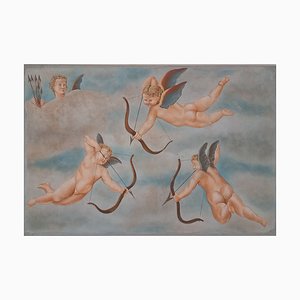




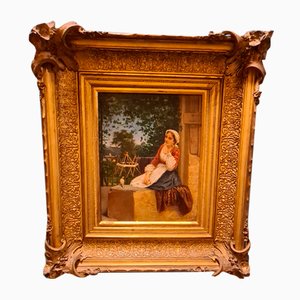
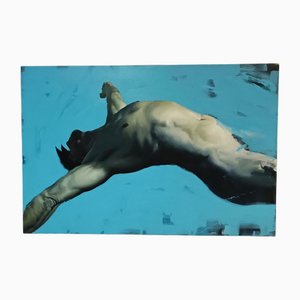



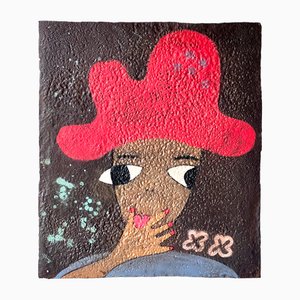
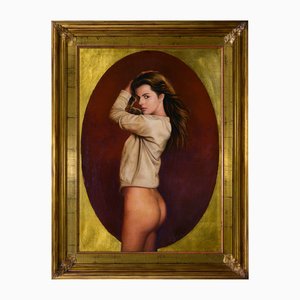

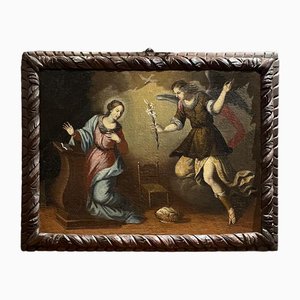





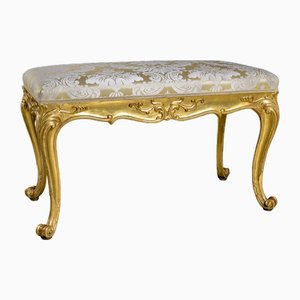
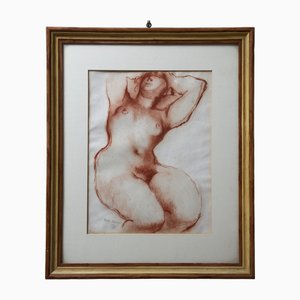
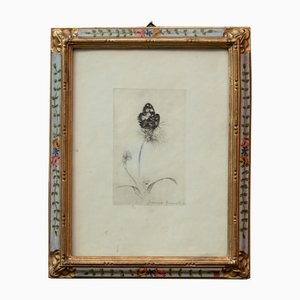
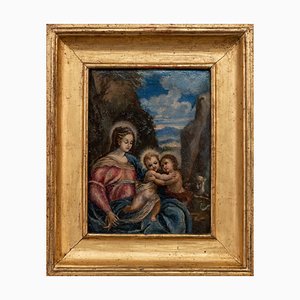
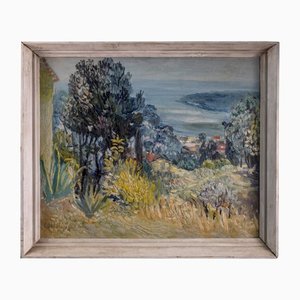
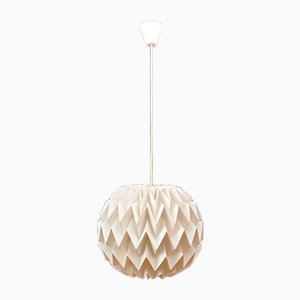

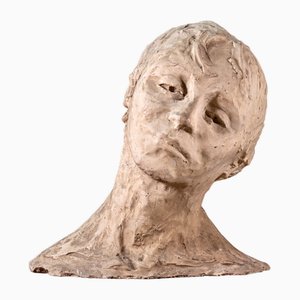

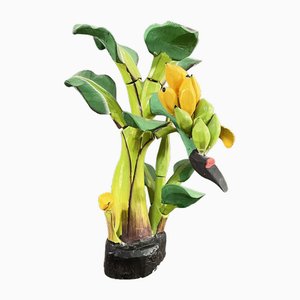

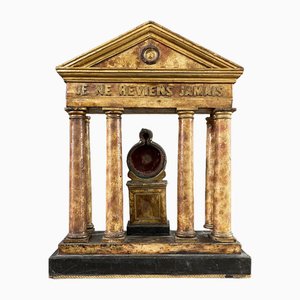

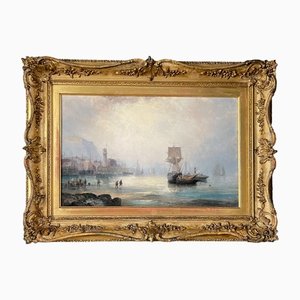
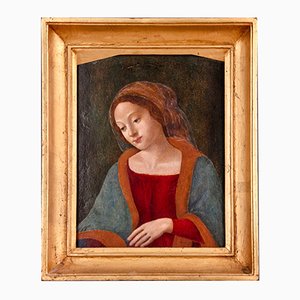





Schreiben Sie uns
Ein Angebot machen
Uns ist aufgefallen, dass Sie neu bei Pamono sind!
Bitte akzeptieren Sie die Allgemeinen Geschäftsbedingungen und die Datenschutzerklärung
Schreiben Sie uns
Ein Angebot machen
Fast geschafft!
Um die Kommunikation einsehen und verfolgen zu können, schließen Sie bitte Ihre Registrierung ab. Um mit Ihrem Angebot auf der Plattform fortzufahren, schließen Sie bitte die Registrierung ab.Erfolgreich
Vielen Dank für Ihre Anfrage! Unser Team meldet sich in Kürze bei Ihnen zurück.
Wenn Sie Architekt*in oder Inneneinrichter*in sind, bewerben Sie sich hier um dem Trage Program beizutreten.